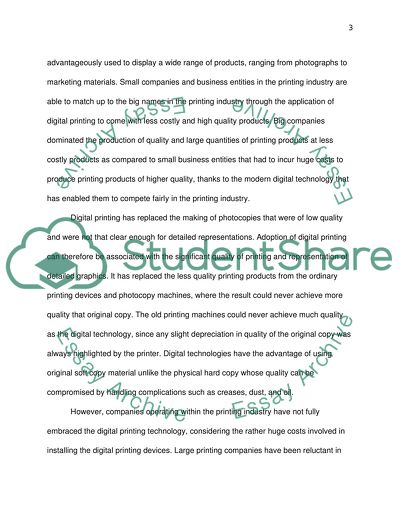Cite this document
(“Impact of Modern Digital Technologies Essay Example | Topics and Well Written Essays - 1750 words”, n.d.)
Retrieved from https://studentshare.org/e-commerce/1440703-critically-evaluate-the-impact-of-modern-digital
Retrieved from https://studentshare.org/e-commerce/1440703-critically-evaluate-the-impact-of-modern-digital
(Impact of Modern Digital Technologies Essay Example | Topics and Well Written Essays - 1750 Words)
https://studentshare.org/e-commerce/1440703-critically-evaluate-the-impact-of-modern-digital.
https://studentshare.org/e-commerce/1440703-critically-evaluate-the-impact-of-modern-digital.
“Impact of Modern Digital Technologies Essay Example | Topics and Well Written Essays - 1750 Words”, n.d. https://studentshare.org/e-commerce/1440703-critically-evaluate-the-impact-of-modern-digital.


